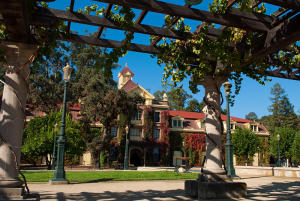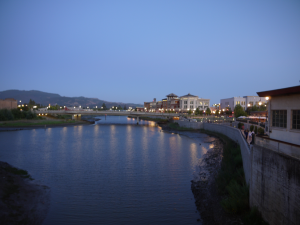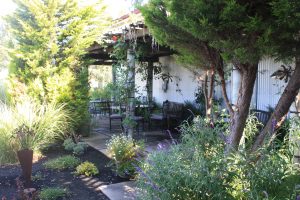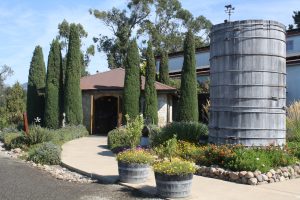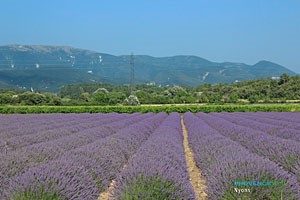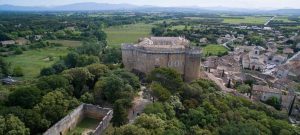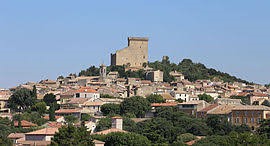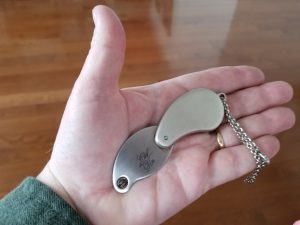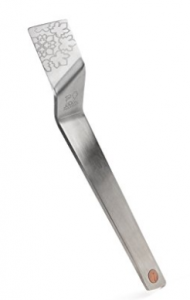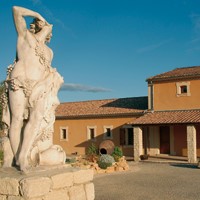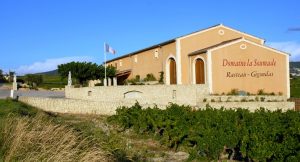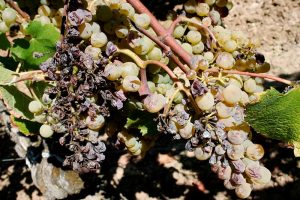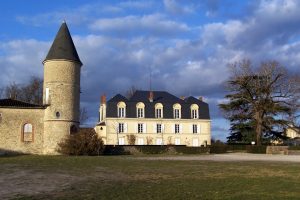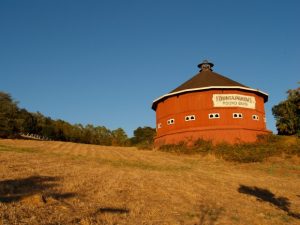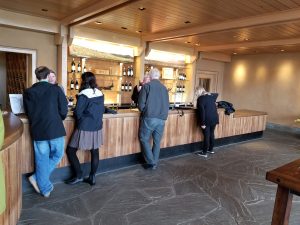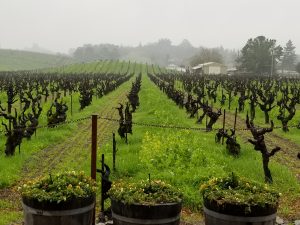In all the years that we have been visiting Napa Valley for wine tasting, a lot has changed. It’s hard to say whether it has been, overall, for better or worse. In our opinion, the wines are far improved over what was available in the 70’s and 80’s. There is more diversity, more top-quality wine makers and (memory may be playing tricks here) the same wines from the same producers are better today that they were then. More expensive too, to be sure.
But Power Tasting isn’t about wine, it’s about the experience of wine tasting. In that regard, tasting in Napa Valley today is far different than back in the “good old days”. In those days, tastings were usually in the barrel room, with nothing of architectural, cultural or sartorial interest. There are no “two barrels and a plank” wineries left in Napa Valley although there are still some in other wine making sectors of California.
We certainly enjoy sipping wine in a comfortable setting, with a sleek wooden bar and some tasteful artwork on the walls. More broadly, we prefer wine tasting in a comfortable atmosphere, with attractive surroundings and knowledgeable servers. These are the types of wineries we seek out when we are traveling and there are many of them in Napa Valley. Those old days weren’t always so good; a handsome tasting room is better than a barn, capacious glasses that let us savor the aromas of the wines we are drinking are better than the teensy glasses we had then and wine educators are more interesting to chat with than farmhands.
Sometime around the late 90’s or the early part of this century, two things happened. The pioneer wine makers who established Napa Valley wines as we know them today were bought up by international corporations and these companies discovered that they could profit handsomely by making Napa Valley into Disneyland for adults. And so they began to build what we term “Napa Palaces” where the objective was to provide an experience independent of the wines being served.
Inglenook winery. Photo courtesy of the winery.
Some of these drew on Napa’s wonderful history. For example, the Francis Ford Coppola’s Inglenook, Beringer and Chateau Montelena are housed in 19th century buildings that have been restored to their former glory. They would be worth visiting even if there were no wine to be tasted. And the fact that all three of these do make excellent wines certainly doesn’t hurt.
On the other hand, wineries like Castello Amoroso, Darioush and even the newly constructed Stag’s Leap were built to be tourist attractions. Regardless of the quality of the wines – and some of these are very good – visitors are unlikely to go away with the thought of the wine foremost in their minds. They’ll remember the architecture, the shopping, the snobbishness and oh, yes, they tasted some wine too.
Castello Amoroso. Photo courtesy of the winery.
To be honest, there are some of these palaces we enjoy. For example, Domaine Carneros is a faux French château (which may be excused by the fact that it is owned by a real French château). We love their sparkling wines and Pinot Noirs. But for the most part, we enjoy wineries where tasting their products is given prominence. Pretty surroundings should add to the wine tasting experience, not overwhelm it.
